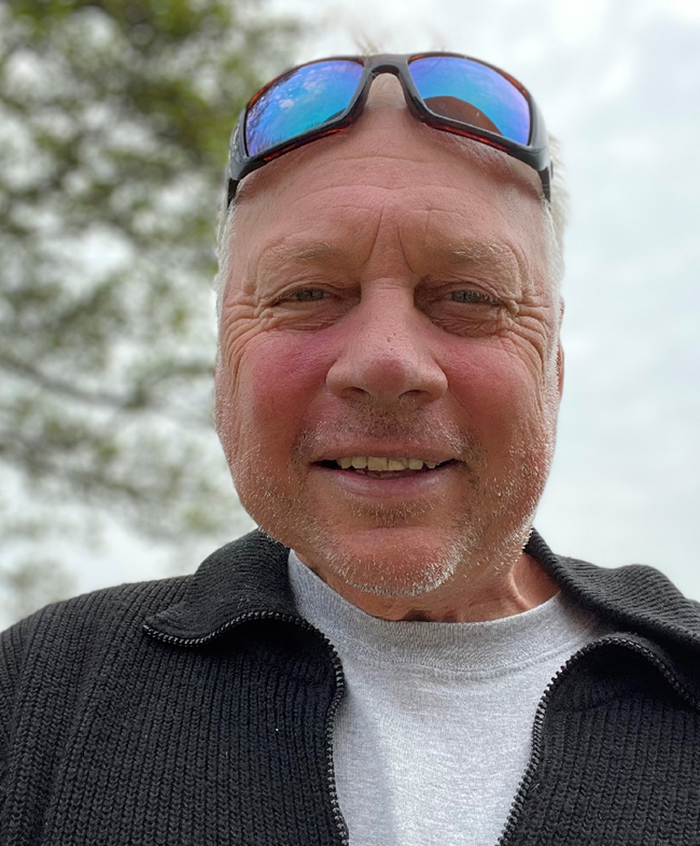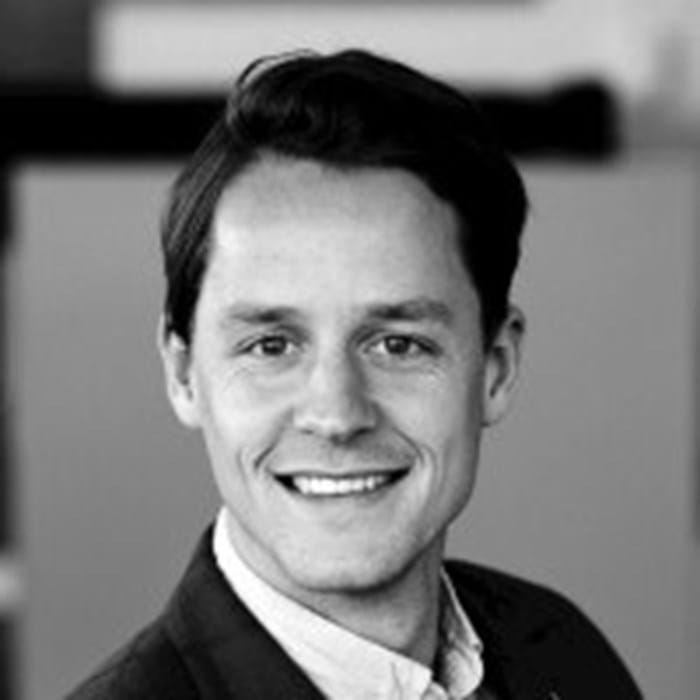With his 40 years of service, Chris Bos (Salvage Master) can rightfully be called an old hand. Having started out as an apprentice diver, he has now been working as a Salvage Master for many years. After completing his civil engineering studies, colleague Syward van Wijnbergen joined the company as a trainee and has been working as a Salvage Officer for the past two and a half years.
“So I guess I can tell you a thing or two about it”, he says with a smile. With this, Syward gets to the heart of the matter, because salvage work is something you will not learn from a book. You learn it by doing it. “You will only have real practical added value for the company after a couple of years", says Chris. He worked in a supernumerary capacity on his first trips for SMIT, so he could take his time to learn the ropes. Now everyone is fully involved from the start. The course of the learning process will be different as a result, according to Chris. “On the one hand, you were allowed to do more things yourselves and you just had to be careful not to get your fingers trapped between the wires when they were being pulled. But on the other hand: if something had to be done that was considered dangerous by the seniors, you were absolutely not allowed to come anywhere near it. ‘You just stay there and watch', they used to say. It's different now: trainees are put to work straight away. This means more work for the seniors: they need to keep a closer watch on the trainees and make sure they are in the right place. You need eyes in the back of your head. I can feel that responsibility.”
“Keep calm and set out the lines. That is what I want to learn.”
BASICS
Syward worked with Chris for the first time on the Golden Ray project in the United States. “Chris will always stay calm, whatever happens. I want to learn that, too. I think that is the most important quality for a Salvage Master, because you set out the lines and it won't do anybody any good if you panic.” When asked if this is something you can learn, Chris answers: “Of course, you should have some of this calmness by nature, but it also comes from experience. I rely on the basics: first, I’ll always make sure nothing can happen to my people, in my view all the rest is steel that can be replaced. This always comes first.” Chris doesn't have to think long about what he would like to learn from Syward: “His computer skills!”
TRUST
In their approach to safety, the old and the young guard are not all that different, according to Chris and Syward. For both, it is all about ‘getting home safely’. “Our motto is ‘I take care of you; you take care of me’. It's my second nature; I am constantly looking around me when I'm working. That is also what I'm trying to instill in the young guard: pay attention to this and that, look out for each other. If we are working under bad conditions, I will assign someone to watch the tug's line and to warn when it is necessary. If I assign this task to him, I should be able to rely on him to do so. If not, he will be told to leave. Because then you will be a danger to the rest of the crew.” “That is how it really goes”, says Syward. “In situations like that, there can be no discussion. But in any other situation, you are really encouraged to ask questions. I can always give suggestions, and these are listened to.”
CULTURE
Looking back, the biggest change to Chris is that they used to have a beer at 11 am. “That was normal, in the whole shipping world. Now, that’s a serious no go.” When asked what should be preserved, his answer is: the culture. “Sitting down together to talk through the day: what went well and what could we do better.” Syward nods affirmatively. “This informal transfer of knowledge is priceless.” That culture is threatened because of the smartphone, thinks Chris: “What you see now is that the men disappear to their huts after dinner to email, text or google. You don't have to be there every night as far as I'm concerned, but you are really missing something if you don’t. And I do confront them about it.” Syward is not that concerned: “I think that people who retire to their huts every day won't last long with us. That is not why you do the work.


